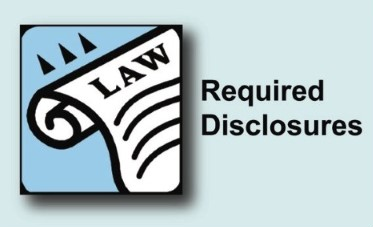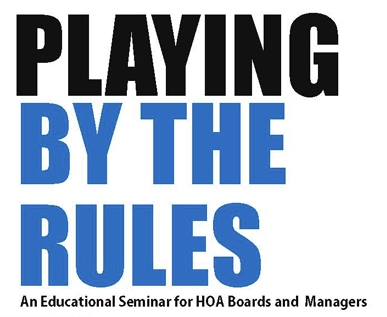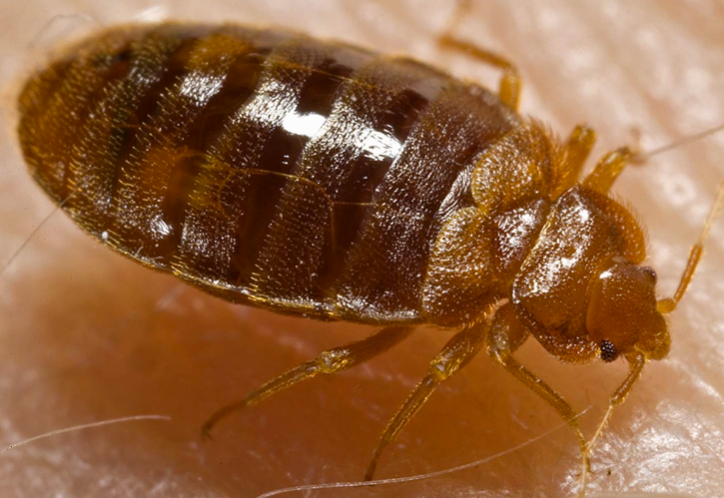By Mark Petrie, Paralegal/Marketing Coordinator and David Swedelson, Partner, SwedelsonGottlieb, Community Association Attorneys.
 New legislation amending two of the transfer disclosure sections of the Davis-Stirling Act, Sections 4528 and 4530, will be effective January 1, 2015. Follow this link to review the changes and new language that will be effective next year.
New legislation amending two of the transfer disclosure sections of the Davis-Stirling Act, Sections 4528 and 4530, will be effective January 1, 2015. Follow this link to review the changes and new language that will be effective next year.
As you may be aware, Section 4530 establishes the responsibility of an association to provide copies of governing documents, certain financial disclosures and other documents to an owner, or any other recipient authorized by the owner, within 10 days of receipt of a written request for same. The requirement to provide documents and information applies to the sale of a unit (in a condominium building), lot (in a planned development) or stock (in a co-op). We would have liked to have seen a change here to delete “any other recipient authorized by owner”, as there are issues raised by the association providing transfer disclosure documents directly to parties other than owners, e.g., the association has no privity of contract with those parties. But for now, the current language will remain.
We regularly advise our association clients to include a disclaimer when directed by an owner to provide transfer disclosure documents directly to a third party: “These documents are being provided to you in the limited scope of complying with a request of the owner of the unit/lot for same in accordance with Civil Code Section 4525, et seq. The delivery of these documents to you shall not constitute establishment of privity between you and the association, and such delivery shall not create any further responsibility for the association with respect to further disclosure of documents to you.”
Continue reading





 An article in the LA Times last week reported that Los Angeles City auditors revealed that the bureau charged with fixing and maintaining Los Angeles’ streets is plagued with problems that include failing to collect or spend hundreds of millions of dollars, keeping shoddy records and neglecting to address the most heavily trafficked roads first.
An article in the LA Times last week reported that Los Angeles City auditors revealed that the bureau charged with fixing and maintaining Los Angeles’ streets is plagued with problems that include failing to collect or spend hundreds of millions of dollars, keeping shoddy records and neglecting to address the most heavily trafficked roads first.  Earlier this year, I attended a legislative action day in Sacramento. I was surprised by the number of bills being proposed to deal with the drought, with many of them focused on community associations. As the state of emergency with our water supply in California drags on, state and local governments continue to get more aggressive with addressing water use. They do not want us using all that much. And they do not care if an owner’s lawn turns brown.
Earlier this year, I attended a legislative action day in Sacramento. I was surprised by the number of bills being proposed to deal with the drought, with many of them focused on community associations. As the state of emergency with our water supply in California drags on, state and local governments continue to get more aggressive with addressing water use. They do not want us using all that much. And they do not care if an owner’s lawn turns brown.  Have you seen SwedelsonGottlieb Senior Partner David Swedelson present his Playing by the Rules seminar yet? Be sure to catch his next offering of this popular program with co-presenter Craig Phillips on July 30, 2014 at 8:00 a.m. in Valencia. The program is free to HOA board members and managers who preregister.
Have you seen SwedelsonGottlieb Senior Partner David Swedelson present his Playing by the Rules seminar yet? Be sure to catch his next offering of this popular program with co-presenter Craig Phillips on July 30, 2014 at 8:00 a.m. in Valencia. The program is free to HOA board members and managers who preregister. The National Chapter of Community Associations Institute (CAI) recently sent out the following urgent message, which we are reproducing here in its entirety. If you want to preserve the right for homeowner associations to be able to restrict the installation of radio towers and antennas, you need to read and act on this important information:
The National Chapter of Community Associations Institute (CAI) recently sent out the following urgent message, which we are reproducing here in its entirety. If you want to preserve the right for homeowner associations to be able to restrict the installation of radio towers and antennas, you need to read and act on this important information: Looking for a fun, healthy way to support a great cause? This Saturday, SwedelsonGottlieb staff will be teaming up with the Greater Los Angeles Chapter of Community Associations Institute in the American Cancer Society’s Relay for Life. Come on over to Santa Monica and join us this Saturday, July 26th at 10:00 a.m.
Looking for a fun, healthy way to support a great cause? This Saturday, SwedelsonGottlieb staff will be teaming up with the Greater Los Angeles Chapter of Community Associations Institute in the American Cancer Society’s Relay for Life. Come on over to Santa Monica and join us this Saturday, July 26th at 10:00 a.m. We are often asked about what portions of an association’s CC&Rs and Bylaws need updating to reflect current state statute and best practices. The answer is usually simple – everything! Due to the reorganization of the Davis-Stirling Act effective January 1, 2014, which included many substantive changes, plus many other statutory changes that have occurred within the past 10 years, many associations’ governing documents have ceased to be reliable resources for effective governance and operation of an association. We are currently assisting many of the firm’s clients with complete amendment and restatement of their CC&Rs, Bylaws, Rules and Policies.
We are often asked about what portions of an association’s CC&Rs and Bylaws need updating to reflect current state statute and best practices. The answer is usually simple – everything! Due to the reorganization of the Davis-Stirling Act effective January 1, 2014, which included many substantive changes, plus many other statutory changes that have occurred within the past 10 years, many associations’ governing documents have ceased to be reliable resources for effective governance and operation of an association. We are currently assisting many of the firm’s clients with complete amendment and restatement of their CC&Rs, Bylaws, Rules and Policies. Many boards of directors make enforcement decisions without considering all of the variables. We get contacted and told that an owner has violated the association’s CC&Rs. When we start asking questions, we find out that there have been similar violations in the past that the board has not dealt with. Or we find out that the violation is old news and the board failed to take timely action. Or that the violation was committed by a prior owner.
Many boards of directors make enforcement decisions without considering all of the variables. We get contacted and told that an owner has violated the association’s CC&Rs. When we start asking questions, we find out that there have been similar violations in the past that the board has not dealt with. Or we find out that the violation is old news and the board failed to take timely action. Or that the violation was committed by a prior owner. What exactly is a bedbug? Bedbugs are insects. They are reddish brown, oval and flat, about the size of an apple seed. Decades ago, bedbugs were eradicated from most developed nations using dichlorodiphenyltrichloroethane (commonly known as DDT) – a pesticide that has since been banned because it’s so toxic. There has been a resurgence of bedbugs in the United States in recent years as a result of increased international travel, changes in pest control practices, and insecticide resistance. And several of our condominium association clients have reported units infested with these little bugs.
What exactly is a bedbug? Bedbugs are insects. They are reddish brown, oval and flat, about the size of an apple seed. Decades ago, bedbugs were eradicated from most developed nations using dichlorodiphenyltrichloroethane (commonly known as DDT) – a pesticide that has since been banned because it’s so toxic. There has been a resurgence of bedbugs in the United States in recent years as a result of increased international travel, changes in pest control practices, and insecticide resistance. And several of our condominium association clients have reported units infested with these little bugs. In California, condo/HOA associations have the right to tow
In California, condo/HOA associations have the right to tow